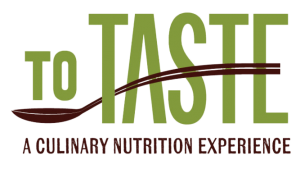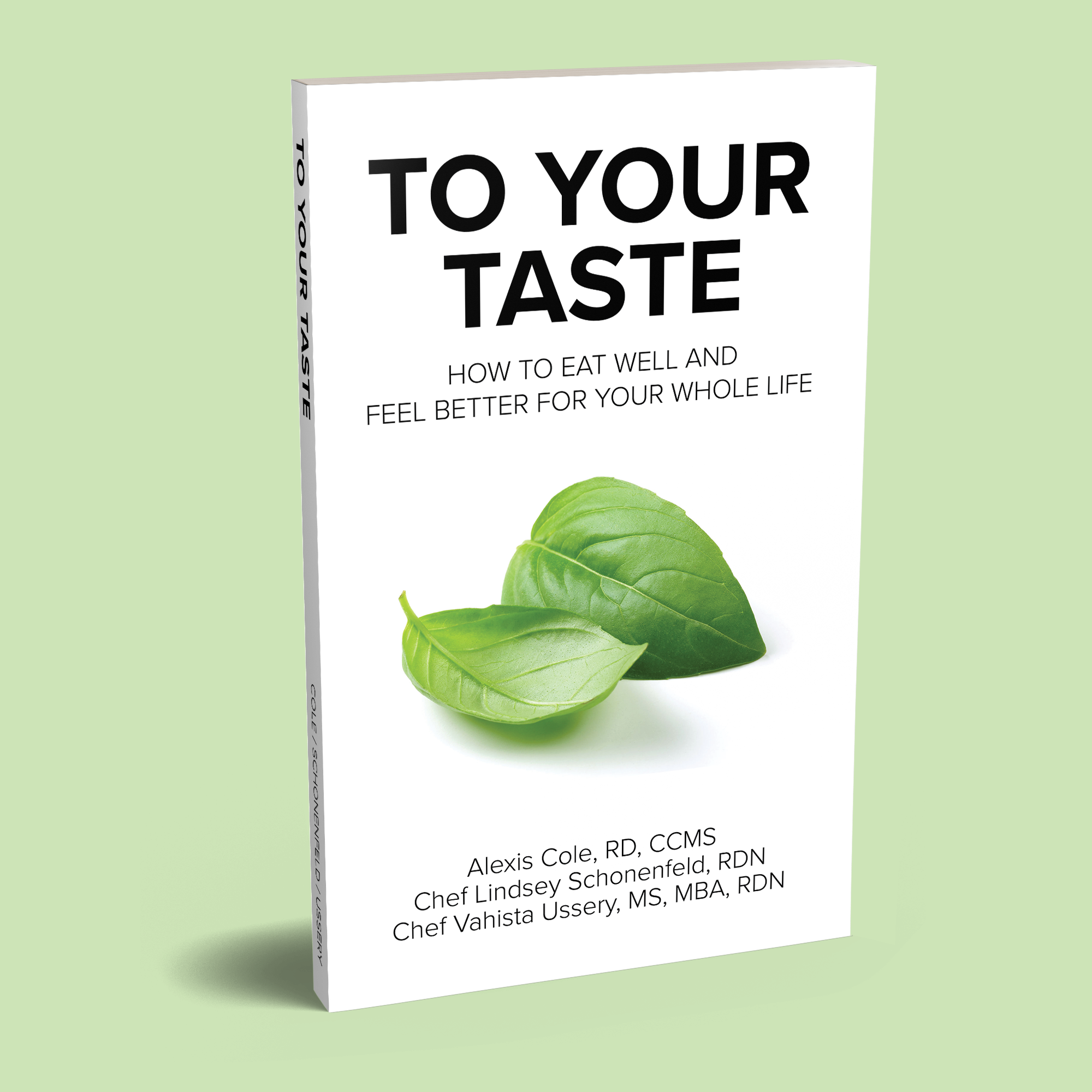How can you guarantee healthy eating and cooking at home? By keeping healthy pantry staples and fridge essentials on hand so that you are always set up for success!
In order to cook without a recipe, it’s important to have staple ingredients on hand. Having these ingredients available also helps when trying out new recipes. Initially, purchasing all of these ingredients might feel like a large investment, but once you stock your pantry, fridge, and freezer with the staples, you will surely appreciate the convenience and cost savings (from eating more home-prepared meals) of having these ingredients handy.
Your list might vary slightly from ours depending on your cultural background, budget, or cooking skills, but for most, this is a great place to start. We aren’t recommending that you limit your grocery list to solely these items, but rather, that at a minimum, you have these items on hand.
Check out our ingredient guide for further guidance and recommendations!
Healthy Pantry Staples List
Spices & Dried Herbs
Spices and herbs provide both flavor and nutritional benefits. For example, turmeric is anti-inflammatory and ginger aids digestion. (1, 2, 3, 4) To learn all about spices and their health benefits, check out our spices for health article!
At a minimum, keep the following herbs and spices on hand:
- Black Pepper
- Cumin
- Garlic Powder
- Paprika
- Chili Powder
- Cinnamon
- Ginger
- Oregano
- Thyme
- Italian Seasoning
Of course, feel free to branch out and explore new spices and herbs!
Salt
Most Americans need to reduce their overall salt intake but salt is still a necessary part of making palatable food, so don’t be afraid to use it when making meals at home! (5) The majority of sodium in the Standard American Diet comes from processed and restaurant foods – not salt used during cooking. (6)
We recommend using kosher salt because it’s easy to see how much you’re using. Sea salt is another good option because it often has a stronger flavor, allowing you to use less.
Dried and/or Canned Beans
Beans are inexpensive and extremely healthy. They are a staple food in many countries and promote longevity. (7)
They are rich in plant-based protein and are an excellent source of fiber. Keep a variety of beans on hand. Canned beans are convenient (purchase low-sodium options), but dried beans are cheaper. Both provide the same health benefits.
Which bean is best? The one that you will eat!
Try cooking dried beans using our stovetop dried beans base recipe or instant pot dried beans base recipe.
Canned Tomatoes
Canned tomatoes are a versatile ingredient; keep various forms on hand for different uses: whole or crushed, pureed, diced, fire-roasted, and paste.
Use for making homemade marinara, tomato-based sauces, pasta dishes, beans, curries, and soups. Canned tomatoes are higher in the phytonutrient lycopene than their fresh counterparts; high intake of this phytonutrient may decrease risk of certain cancers. (8, 9)
Stock or Broth
Stock and broth add flavor to sauces, beans, rice, soups, etc. We will eventually teach you how to make your own, but until we do (or if it’s not something you have interest in doing), keep some on hand. Choose chicken or vegetable stock, but look at the sodium content before buying. It’s best to buy the no-salt-added varieties so that you can control the amount of salt in the dish and season it to your own taste.
Oils
You need to have a variety of oils on hand – different oils have different applications.
We recommend using extra virgin olive oil as your go-to oil. High in monounsaturated fats and polyphenols, extra virgin olive oil protects against heart disease, cancer, and more. (10, 11, 12) Olive oil is a staple ingredient in the Mediterranean Diet. Save the expensive bottles for salad dressings and finishing; use the less-expensive varieties for sautéing and roasting – the smoke point does not actually pose a huge problem. (13)
Avocado oil and canola oil are good neutrally-flavored options for baking and roasting.
Coconut oil can be a great vegan butter substitution, and sesame oil is a flavorful addition to Asian dishes.
Vinegars
A splash of acidity is often the missing element from a recipe when you feel like something is missing; acid helps brighten the dish.
Vinegars are also essential for making your own dressings! Balsamic, apple cider, and red wine vinegars are good to have on hand. Splurge on an aged balsamic vinegar for a sweeter, more complex flavor.
Grains
Focus on whole grains, as they are higher in fiber, phytochemicals, vitamins, minerals, and healthy fats than their refined counterparts. (14)
Pack your pantry with whole grain pasta, bean or lentil pasta, oats, brown rice, and ancient grains such as farro and quinoa. Look for quick-cooking varieties of brown rice, farro, and other longer cooking grains if you are often in a time crunch.
Make grains the base of a one-dish-meal or into a nutritious side. It’s okay to keep some white pasta and white rice on hand too – some sauces just taste better with white pasta, and there’s no denying that white Arborio rice makes for a delicious risotto.
Vegetables
Some vegetables should be stored in your pantry or on the counter. Onions and garlic are essential ingredients for building flavor. Potatoes of any variety are also good to have on hand.
Nuts & Seeds
Nuts and seeds add both crunchy and creamy textures to recipes, along with healthy fats and proteins. They are great in salads and baked goods, and are also an ideal snack.
Walnuts are particularly high in heart-healthy omega-3 fatty acids, but all varieties are healthy. Store walnuts and ground flaxseeds in the freezer for a longer shelf life.
Dried Fruit
Like nuts and seeds, dried fruits are a great addition to salads and baked goods. Look for no-sugar-added varieties, but realize that some fruits, like cranberries, need the sugar.
Consider combining dried fruit with nuts and seeds for a healthy trail mix.
Baking Essentials
If you enjoy baking, you should keep whole wheat flour (we recommend pastry or white whole wheat), regular unbleached white flour, baking powder, baking soda, vanilla, cane sugar, and brown sugar on hand.
Condiments
Condiments serve as flavor enhancers and are called for in many sauces. We recommend storing maple syrup, honey, reduced-sodium soy sauce or tamari, and hot sauce.
Dark Chocolate
Have a sweet tooth? Us too! Buy dark chocolate chips and add them to chocolate covered fruit bites or baked goods. Dark chocolate bars can also be healthy treats that hit the spot.
Fridge Essentials
Fresh Fruit
Remember to buy in-season produce for the best nutrition and bang for your buck.
Nutritionally, organic produce doesn’t appear to be superior to conventional, but it may be lower in pesticide residue. (15, 16) If the cost of organic produce is out of your budget, it’s certainly better to eat conventional fruit than none at all; we leave the choice of organic vs. conventional up to you.
Some fruits, like peaches, pears, and avocados, need to ripen at room temperature. Once ripe, store them in the refrigerator to extend their shelf life. Leave bananas on the counter until they are overripe, then peel and place in the fridge or freezer for smoothies and baked goods.
Fresh Vegetables and Herbs
Like fruit, purchase in-season vegetables as much as possible.
Carrots and celery (along with onion) make a great flavor foundation to a lot of recipes, so definitely keep those veggies on hand. They also are great for snacking!
Think about color and variety when making other selections: dark greens, red/orange veggies, and cruciferous varieties are all-stars. Leafy greens are great for salads, smoothies, and/or cooking.
Natural Nut Butter
Natural nut butter is usually purchased at room temp but should be stored in the fridge. Choose nut butters with as few ingredients as possible (i.e. just nuts and salt). These varieties usually separate while on the grocery store shelf, so get ready for a good arm workout when you get home!
To keep the oil from separating, stir before refrigerating. All varieties are healthy – choose your favorite!
Condiments
Condiments serve as flavor enhancers and can also be used on their own. We recommend fruit preserves, mustards, hummus, sauces, and curry paste. If you prefer to make your own hummus, that’s great! Add tahini to your grocery list, and store in the refrigerator after mixing.
Natural Cheese
Purchase block or shredded – whichever is easiest for you.
Cheese is great for making sandwiches, quesadillas, homemade pizza, and for garnishing salads, soups, and many Italian dishes.
Stronger cheeses such as feta, goat, or blue are good choices because just a small amount can drastically enhance the flavors of a dish.
Milk or Milk Alternative
There are so many milk options out there! Unsure which type to buy? Read our plant based milk vs cow’s milk article, then decide which one is best for you!
Eggs
Eggs are essential for baking and are great for quick meals. They have a very long refrigerator life – up to 6 weeks! The longer they sit, however, the runnier the yolk will be, so if you’re making sunny-side-up eggs, it’s best to use fresh.
Yogurt and/or Kefir
Get all the probiotics you need without a supplement! Kefir is great for smoothies and yogurt can be made into sweet or savory dips, dressings, or sauces, such as in our Dill Yogurt Salmon and Indian Meatballs with Raita recipes.
Freezer Finds
Corn and/or Whole Wheat Tortillas
Tortillas are a staple in Mexican cuisine. Consider freezing them with sheets of parchment or wax paper in between for easier separation, but this isn’t totally necessary. Tortillas defrost quickly on the counter and are easy to pull apart day-of for making tacos, tostadas, quesadillas, or enchiladas.
Whole Grain Bread
Just like tortillas, whole grain bread defrosts quickly on the counter so you can make sandwiches for lunch or a quick dinner. Be sure that the first grain ingredient says “whole grain.”
Frozen Veggies
Fresh veggies sometimes spoil before people actually get around to cooking them, so frozen veggies are great to keep on hand. A selection of frozen veggies can ensure that you can have veggies available for all of your meals!
Frozen Berries
These nutrient powerhouses are in season in the U.S. in the summer, but buying frozen allows you to enjoy berries year round without spending a ridiculous amount of money. They are great for making smoothies or for making a quick berry compote.
Of course, don’t limit yourself to just berries. Frozen peaches, mangos, avocados, and pineapple can add great flavor to smoothies as well!
Flour
Flour was listed on our pantry list, but it’s actually good practice to store it in the freezer to avoid weevil infestation. (17) Plus, whole wheat flour goes rancid faster than white flour.
Salmon and other fish
Fish is one of the best ways to consume adequate amounts of omega-3 fatty acids. (18) Not only is fish healthy, but it also makes for a quick weeknight dinner because it cooks so fast, as seen in our roasted fish base recipe.
Look for individually-wrapped options that defrost quickly. For guidance on which fish to select, we recommend consulting the Monterrey Bay Aquarium Fish Watch website.

This list is based on our experience and expertise, but it is by no means exhaustive. Figure out what works best for you! Once you have a well-stocked pantry and healthy fridge, head to our recipe page to get cooking!
To YOUR Taste!
Chef V










